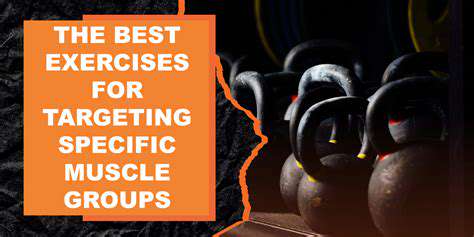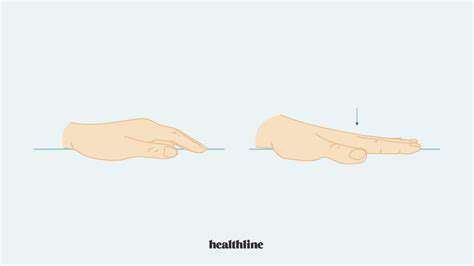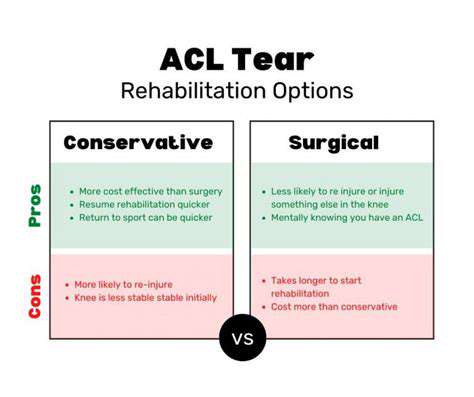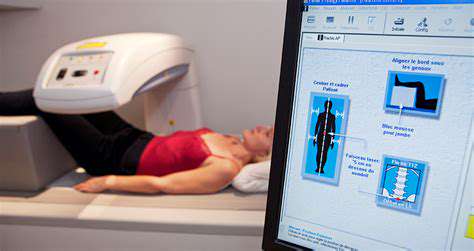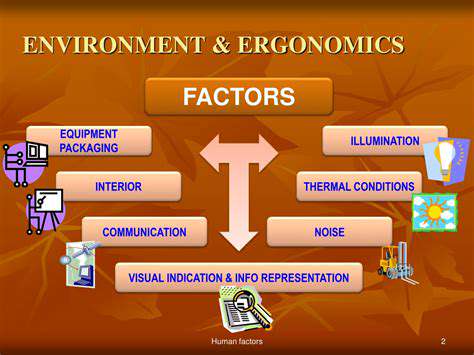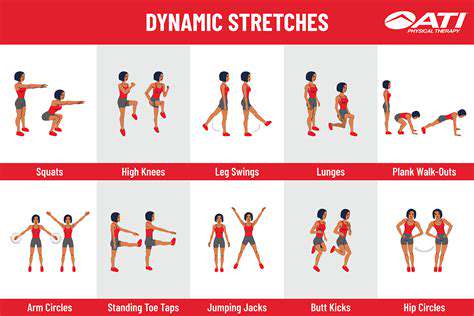Ultimate Guide to Enhancing Hand Muscle Endurance
Why Hand Muscle Endurance Matters
Understanding Hand Muscle Endurance
Hand muscle endurance refers to the ability of your hand muscles to sustain repeated or prolonged contractions without fatigue. This isn't just about gripping something hard for a short time, but rather about maintaining a consistent force over an extended period. Strong hand endurance is crucial for a wide range of daily activities, from writing and typing to playing musical instruments and even performing household chores. It's a vital component of overall hand health and function.
Improving hand muscle endurance isn't just about building bigger muscles; it's about training the muscles to work efficiently and sustainably. This often involves a combination of targeted exercises, proper form, and consistent practice.
Importance in Daily Tasks
Everyday activities often require sustained hand muscle exertion. Think about typing on a keyboard, writing a letter, or even holding a heavy object for an extended period. Without adequate hand endurance, these tasks can become tiring and even painful, leading to reduced productivity and discomfort.
Enhancing hand endurance can significantly improve your ability to perform these common tasks with greater ease and less fatigue. This translates to improved efficiency and reduced strain on your hands and wrists.
Role in Sports and Hobbies
Hand muscle endurance plays a crucial role in many sports and hobbies. For example, musicians need to sustain pressure on their instruments for long periods, while athletes in sports like tennis and golf rely on consistent hand strength and endurance for accurate strokes. Improving this aspect of hand function can lead to enhanced performance and reduced risk of injury.
Activities like gardening, crafting, or even playing with children often require sustained hand use. Developing hand endurance can make these hobbies more enjoyable and less physically taxing.
Exercise and Training Techniques
Effective hand muscle endurance training involves a combination of progressive overload and targeted exercises. This means gradually increasing the intensity and duration of your workouts over time. Simple exercises like squeezing stress balls or hand grippers can be highly effective. More advanced techniques might involve using weighted tools or specific hand exercises.
Consistency is key to improving hand endurance. Regular training sessions, even short ones, can yield significant results over time. Remember to listen to your body and avoid pushing yourself too hard, especially when starting a new routine.
Specific Exercises for Hand Endurance
Various exercises can be used to target different aspects of hand endurance. Simple exercises like squeezing stress balls or hand grippers are great for building strength. More complex exercises like using weighted tools or engaging in activities that require prolonged hand use can also be beneficial. Finding exercises that align with your specific needs and goals is essential for maximizing results.
Preventing Hand Injuries and Improving Functionality
Strong hand muscle endurance is a crucial protective factor against hand injuries. It helps prevent strains, sprains, and other overuse injuries that can occur from repetitive motions. Improving hand endurance through targeted exercises can contribute to a healthier and more functional hand. This is particularly important for individuals who perform repetitive tasks throughout the day, such as office workers or manual laborers.
By consistently training your hand muscles, you can improve not only their endurance but also their overall strength and functionality. This translates to better performance in daily activities and a reduced risk of injury.
Effective Exercises for Hand Strength Training
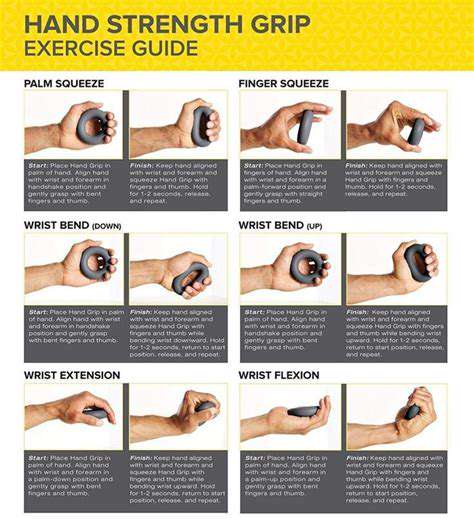
Strengthening Your Grip
Developing a strong grip is crucial for many activities, from everyday tasks like opening jars to more demanding pursuits like rock climbing or weightlifting. Grip strength is often overlooked, but it plays a significant role in overall hand strength and functional ability. Simple exercises like squeezing a stress ball or using a hand gripper can significantly improve grip strength over time, making everyday tasks easier and more enjoyable.
There are many different types of grip-strengthening exercises, ranging from simple hand exercises to more complex workouts. A variety of tools are available to help you, and choosing the right tool for you can significantly impact the effectiveness of your workouts. Consistency is key to building a stronger grip and seeing results.
Finger Extensors and Flexors
Exercises that target the finger extensors and flexors are essential for maintaining proper hand function and preventing injuries. These muscles are responsible for extending and bending your fingers, and strengthening them can improve dexterity and prevent repetitive strain injuries. Regular workouts that focus on these muscles can make a noticeable difference in your hand's overall strength and flexibility.
Wrist Rotations and Flexions
Strengthening your wrist flexors and extensors is important for maintaining a stable wrist and preventing injuries. This is especially important for those who perform repetitive hand motions, such as typing or using a mouse. Practicing controlled wrist rotations and flexions helps improve wrist stability and reduce the risk of developing carpal tunnel syndrome or other wrist-related conditions.
Including wrist exercises in your routine can significantly enhance your overall hand strength and prevent discomfort. Consistent effort will contribute to a more resilient and functional wrist.
Hand and Finger Stretches
Stretching your hands and fingers is just as important as strengthening them. Regular stretching helps maintain flexibility and prevent stiffness, which is particularly crucial for people with desk jobs or those who spend extended periods performing repetitive motions. Incorporating stretching exercises into your routine can improve blood flow to the hands, reducing the risk of stiffness and promoting overall hand health. Stretches also help increase range of motion.
Using Resistance Bands
Resistance bands are a valuable tool for building hand strength. They offer a versatile way to progressively increase the resistance, allowing you to tailor exercises to your specific needs and capabilities. Resistance band exercises can be easily integrated into your existing workout routine, making them a convenient and effective way to enhance hand strength. The progressive resistance feature ensures gradual improvement without causing undue strain.
Weightlifting and Other Tools
Incorporating weightlifting exercises, such as using dumbbells or barbells for hand-specific movements, can provide a greater challenge to your hand muscles. This can accelerate the development of strength and endurance. Using appropriate weights and proper form is essential for preventing injuries and maximizing the benefits of these exercises. Using targeted tools and exercises, like using a hammer, can also help strengthen hands and promote fine motor skills.
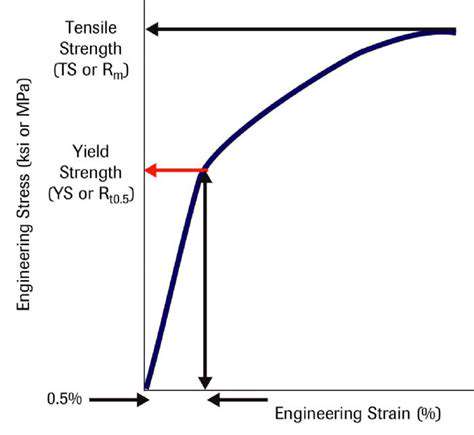
Rest and Recovery for Optimal Results
Prioritizing Sleep for Hand Strength
Adequate sleep is crucial for muscle recovery and growth, including the intricate muscles in your hands. When you sleep, your body repairs tissues damaged during the day, including the tiny hand muscles used for fine motor skills and gripping. A consistent sleep schedule, aiming for 7-9 hours of quality sleep per night, allows your body to effectively repair and rebuild, ultimately leading to improved hand strength and endurance over time. Ignoring sleep can significantly hinder your progress in developing hand muscle endurance.
Furthermore, sleep deprivation can lead to increased stress hormones, which can interfere with muscle repair and recovery. This means that if you're consistently not getting enough sleep, you may find it harder to see improvements in your hand strength training, even with diligent practice.
Active Recovery and Gentle Movement
Active recovery involves engaging in light physical activities that don't place excessive strain on your hand muscles. This could include gentle stretching, light hand exercises like fingertip circles or wrist rotations, or even short periods of low-intensity hand-based tasks like playing a musical instrument (if applicable) or light crafting. These activities promote blood flow to the muscles, aiding in the removal of metabolic waste products and promoting relaxation. It's a crucial component of a comprehensive hand-training program for preventing injuries and maximizing recovery.
In contrast to intense workouts, active recovery sessions are designed to facilitate blood flow and reduce muscle soreness without putting undue stress on the hands. By incorporating these light activities into your routine, you'll be supporting the natural recovery process and enhancing your overall hand strength development.
Nutrition and Hydration for Hand Health
Nourishing your body with a balanced diet rich in protein, vitamins, and minerals is vital for supporting hand muscle recovery and growth. Protein is essential for building and repairing tissues, and adequate intake is critical for optimal hand muscle function. Include foods like lean meats, fish, eggs, beans, and lentils in your diet to provide your body with the necessary building blocks for muscle repair. A diet lacking in crucial nutrients will hinder your progress in hand strength training.
Hydration plays a significant role in overall bodily functions, including muscle recovery. Maintaining proper hydration supports the transport of nutrients to the muscles and helps remove waste products. Carry a water bottle with you throughout the day and make sure you're drinking enough water to stay properly hydrated, contributing to the health and performance of your hands.


